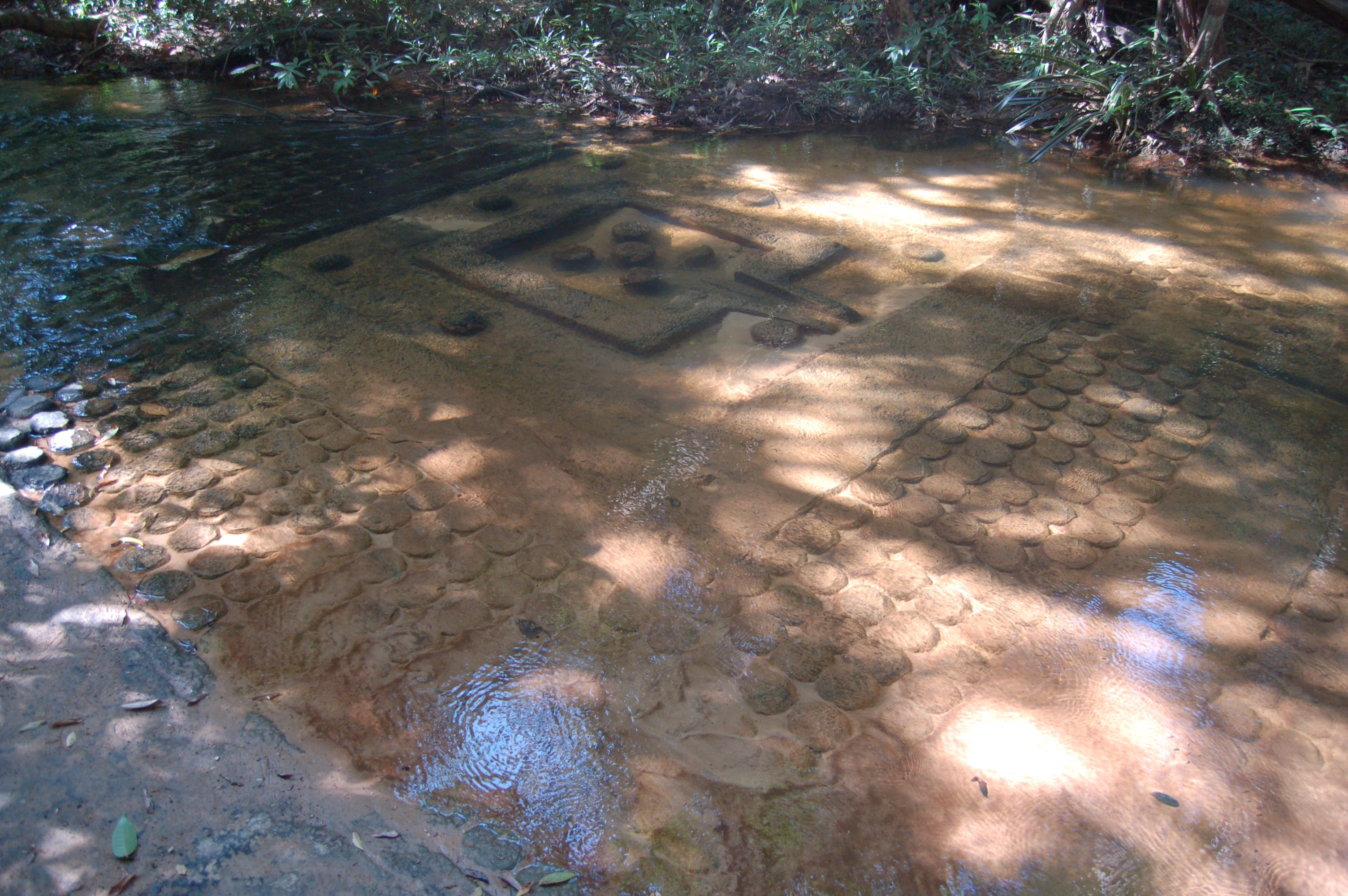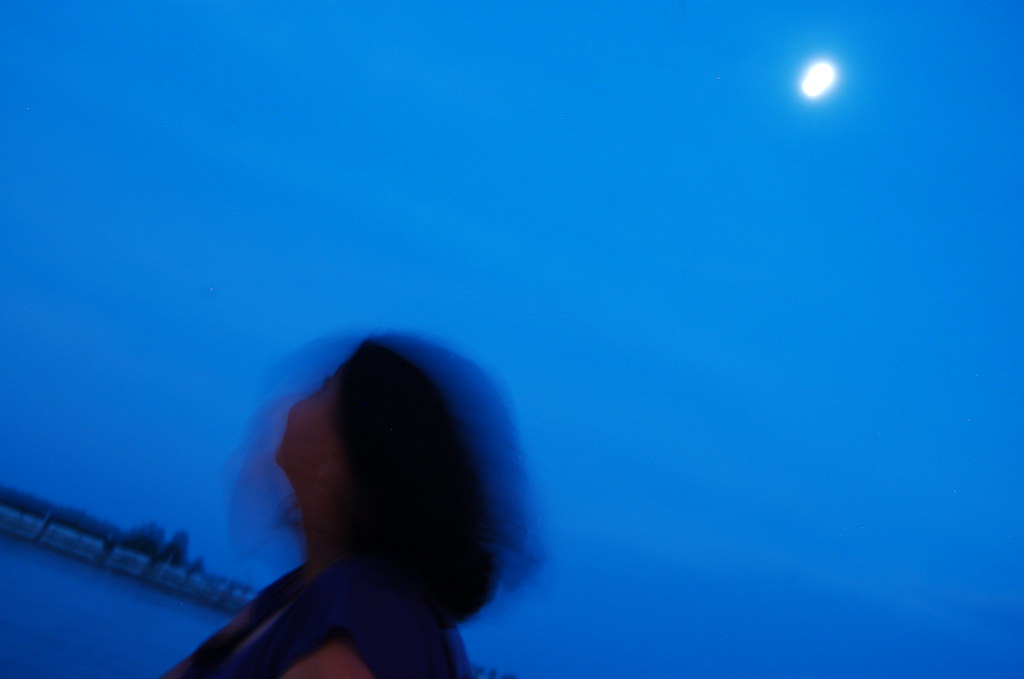Travel, it seemed, was all about avoiding tourists. During our trip so far, we often got advice like "don't bother going there" or "go there, it hasn't been discovered yet." Travel tips that wrote off whole countries particularly made me cringe. Tourists just like us had used and abused these poor countries, chewing them up and now spitting them out. Anirvan describes it as the virgin/whore complex, applied to countries.
Pioneering international travelers may have have had a lighter footprint (when they weren't wearing the boots of colonialism), but in being unable to keep their "discoveries" a secret, they opened the door for mass market tourism, and for the creation of cringe-worthy places like Khao San Road in Bangkok and the beaches of Sihanoukville in Cambodia. Places like this seemed to have emerged out of a vacuum, utterly unrelated to the spaces they were located, targeting a certain kind of tourist, who wants to be hundreds of miles away from home, and be the same person (but more cheaply, with less supervision). To these tourists, I wanted to say, please stay home, and stop embarrassing us.
There were also places that were crowded with tourists, but for good reason, having been blessed (or cursed) with natural or architectural wonders. It would be difficult to keep the Taj under wraps. A friend recommended a tour guide at Angkor Wat, saying "At sunrise he took us to places that people go for sunset, at sunset he took us where people go at sunrise." We weren't able to book the recommended guide, but we liked the idea, and we tried to keep it as a guiding principle in our travels, as we too learned to appreciate the complicated pleasures of avoiding tourists. We first put it to use when we visited the My Son temples in Vietnam. We dragged ourselves out of bed at 4:00 AM so we could be one with the ruins at 6:00 AM--the bus hordes arrived at 8:00 AM. Not being morning people, we were both irritable, wondering if it was worth losing sleep. Our group was the first to arrive at the site, just eight of us in the small area that contained the ruins. We wandered and photographed at our own pace, finding ourselves alone in the quiet silence of the stones, and mused about how we seemed to like the temple better in ruins, than as the gaudy temples they might have been while active. As we were leaving, we saw busload after busload of tourists arrive right behind us. We were converted.
But there is consolation yet for those like us who enjoy late nights rather than early mornings. Our first day in Siem Reap, we headed out to catch Angkor Wat at sunset. We alighted from the tuk tuk only to see masses of tourists heading out of the complex to the wall by the moat to watch as the silhouette of the temple emerged. It was tempting to join them to watch the sunset, but instead we headed right in. There we were by ourselves again. We wandered the corridors and courtyards, taking in every precious moment of solitude, even more pronounced by the deafening song of the cicadas. We were in a dream until the guard came to find us to escort us out; we were among the last to leave before closing time.
We returned to Angkor the next day, with another guide. We were lost among the larger temples and the tourists, culminating in a sunset-watching orgy with what seemed like every tourist in town. We needed a change in strategy. So the next day, we headed out early for a more intimate experience with the gods. Predating Angkor Wat by 200 years, Kbal Spean is the site of a charming river that flows over at least a thousand lingas carved into the river bed, along with images of Vishnu and Lakshmi. The lingas were carved here in the belief that the water that flowed over them would be purified, very similar to the belief among Hindus in India that pouring water over a Shivling makes the water holy. In the morning light, we were two of only four people at the site, making this a most memorable experience. That evening, we returned to Angkor Thom, knowing that everyone else would be watching the sunset elsewhere (as we had the night before). The striking giant four-sided smiling Brahma heads smiled upon us, assuring us we had made the right decision.
In running away from other tourists, we discovered the joy of local shopping malls. This was particularly shocking to us, because at home we avoid malls like the plaque. Unlike the tourist sites, where we ran from crowds, at malls we reveled among crowds of locals. We joined locals buying clothes, getting haircuts, sampling mall food, watching movies, and avoiding schoolkids running to play video games after school. In a Hiroshima mall, we saw a local boy band selling cosmetics to crowds of young women. In a mall in Bangkok, we stumbled upon an evening of free Thai boxing. The drama of everyday life unfolded before us, and we took it all in, and yet aware that only certain segments of society could inhabit these palaces of consumerism.
But that most elusive experience of truly being in a place was found along the banks of the Tonle Sap in Phnom Penh in Cambodia. We were caressed by the lovely breeze as we sat by the river at sunset. Street kids played along the banks of the river, stopping to shake hands with foreigners, some of whom refused, but the children were unfazed. The reflection of the full moon shimmered in the water and lit tourist boats making their way down the river, along with boats that were part of the Photo Phnom Penh art installation. And then out of nowhere there was Western 80s pop music playing, and a crowd of Cambodians, men, women, children of many ages and sizes, about thirty in total, following an instructor leading the group through what was dance, exercise and aerobics. It looked like so much fun that I almost joined, but shy as I was, I moved to the music only at a distance. Even the presence of sex tourists nearby could not spoil the moment. Here, local needs and tourist needs confluenced and conflicted, but in a most interesting manner--and it was evident that the locals were still winning. As lovers of public space and the delicious slices of life it offers up, we were in heaven.
Related slideshows:


Fantastic! What a lovely write up. I like it. You know: I’m a student Pilot, planning to become Jet Pilot... now a days I’m working in ‘International Climate Champions’ (ICC) team to make a film on Climate Change effect in Bangladesh & Nepal region. But right now I am in confusing situation... I want to believe ‘Let’s believe that still there is hope’.
Nice to meet with you.
--
Opu
Dhaka, Bangladesh